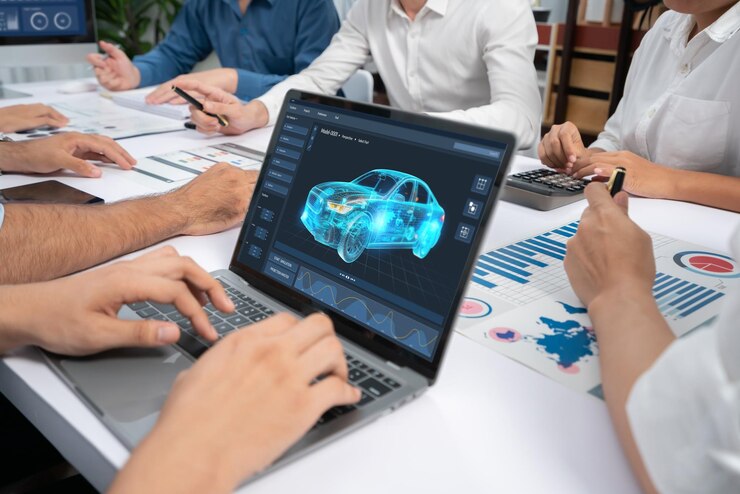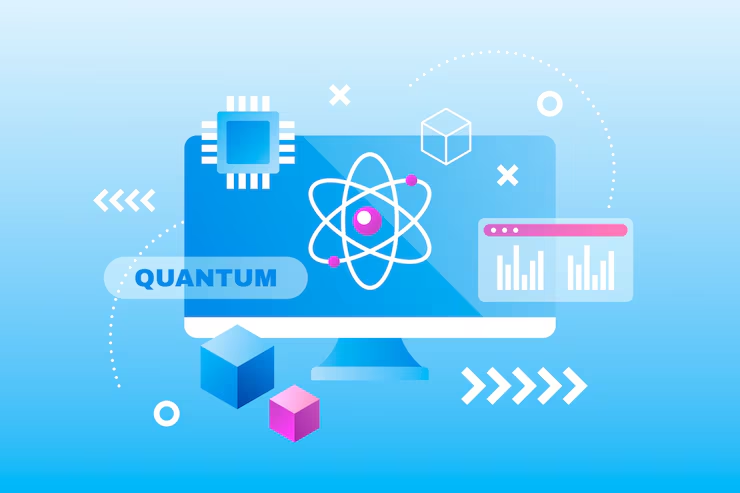
BlockDAG Presale Surpasses $285 Million, Sets Stage for Major Launch
June 5, 2025 – BlockDAG, a blockchain project built on a hybrid Directed Acyclic Graph (DAG) and Proof-of-Work (PoW) model, has generated significant buzz by raising over $285 million in its ongoing presale and selling 21.9 billion BDAG tokens so far. With a presale price of $0.0018 per token and a confirmed listing price of $0.05, analysts are predicting the token could eventually reach $1, making BlockDAG one of the most-watched projects among early investors. BlockDAG’s presale has unfolded in multiple batches, with the current Batch 28 token price set at $0.0262. Buyers who secure BDAG at the $0.0018 price point stand to gain more than 2,677 percent if the token lists at $0.05. As of early June, more than 21.9 billion BDAG tokens have been sold across all batches, reflecting robust demand. The project’s architecture combines the scalability of a DAG with PoW security. Unlike a traditional blockchain that requires sequential block validation, the DAG structure enables multiple chains of data to be processed in parallel, boosting transaction throughput. Coupled with PoW consensus, this hybrid model aims to deliver security comparable to established PoW networks while offering faster confirmation times. BlockDAG also touts Ethereum Virtual Machine (EVM) compatibility and a low-code smart contract builder, which lowers the barrier to entry for developers. By enabling EVM-based applications to migrate easily, BlockDAG allows existing Ethereum dApps to tap into lower fees and higher speeds. The platform’s X1 mining app has already attracted over one million users, who participate in PoW mining and receive daily rewards. The token’s presale momentum has drawn attention to BlockDAG’s utility features beyond token speculation. Developers can build decentralized applications (dApps) using the low-code interface, and mining devices ranging from X1 to X100 offer multiple pathways for users to contribute computing power and earn BDAG tokens. Strategic emphasis on energy efficiency also resonates with climate-conscious stakeholders. BlockDAG’s “GO LIVE Reveal” is scheduled for June 13, 2025. During this event, the project is set to confirm listings on 20 exchanges—five of which are already announced. This rollout is expected to inject significant liquidity into BDAG trading and reduce potential volatility at launch. Industry analysts have highlighted BlockDAG’s relative strengths compared to other presale projects. The combination of a working ecosystem, active user base, and anticipated exchange listings have given BDAG a competitive edge. In a recent report, analysts noted that BDAG’s current presale price of $0.0018 compared with its $0.05 listing price represents over a 2,700 percent upside, and longer-term projections suggest a potential rise to $1 per token—an estimated gain exceeding 55,000 percent from the presale floor. This price projection to $1 is based on factors including BlockDAG’s tokenomics, staking rewards, and the planned utility-driven approach to network expansion. According to one analyst, “If BlockDAG delivers on its roadmap, the demand for BDAG could skyrocket, especially as more dApps migrate to the platform. The presale price of $0.0018 offers an attractive entry point for risk-tolerant investors seeking high rewards.” Despite strong figures, some observers caution that presale projects inherently carry risks. While over $285 million in presale contributions signals confidence, investors must consider volatility at listing, regulatory developments, and competition from established layer-1 and layer-2 solutions. BlockDAG’s hybrid model faces challenges around network decentralization, as PoW mining remains cost-intensive, and balancing DAG efficiency with PoW security requires ongoing technical refinement. As of early June, BlockDAG has raised capital from a combination of retail investors, mining participants, and venture funds specializing in blockchain infrastructure. The team behind BlockDAG consists of engineers with backgrounds in distributed systems and cryptography, as well as advisors from the enterprise blockchain space. Their roadmap includes launching mainnet validators by late summer 2025, rolling out cross-chain bridges later in the year, and unveiling additional features such as on-chain governance and decentralized finance (DeFi) modules in 2026. To broaden its ecosystem, BlockDAG has also marketed various staking programs that reward users for locking BDAG tokens, offering annual percentage yields (APYs) that outpace some competitive DeFi platforms. Current staking yields for early participants exceed 2,500 percent APY, although these rewards are expected to taper as more tokens are staked and as network inflation decreases. In summary, BlockDAG’s presale success—raising over $285 million and selling more than 21.9 billion tokens—positions it among the largest and fastest-moving token sales of 2025. Its hybrid DAG + PoW model, coupled with EVM compatibility, has resonated with developers and miners alike. With a firm listing price of $0.05 and analyst projections pointing toward a $1 valuation, BlockDAG remains a focal point for early investors preparing for the June 13 GO LIVE reveal







